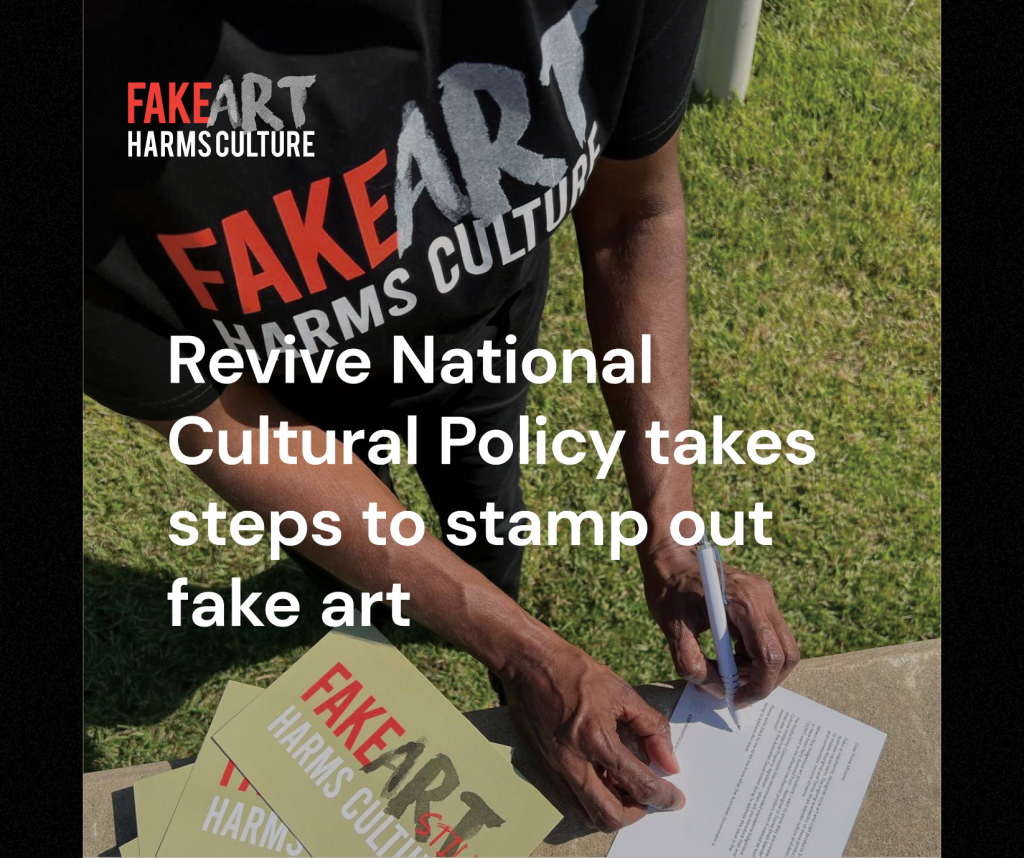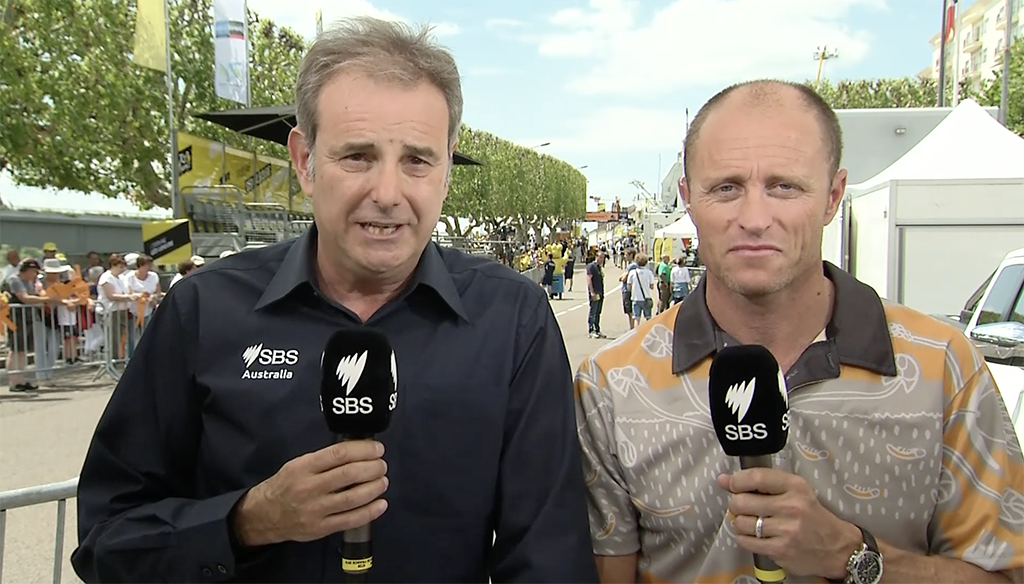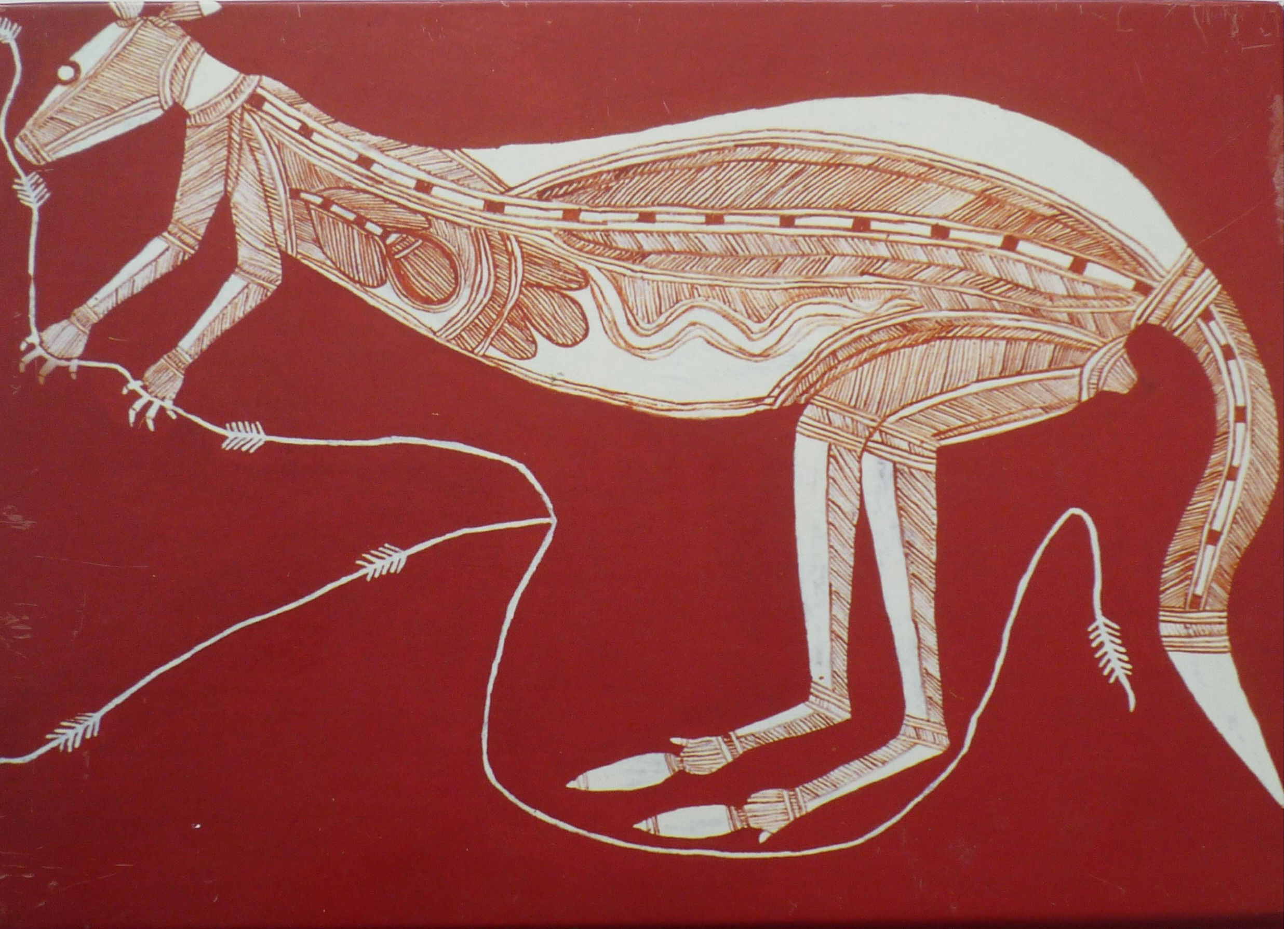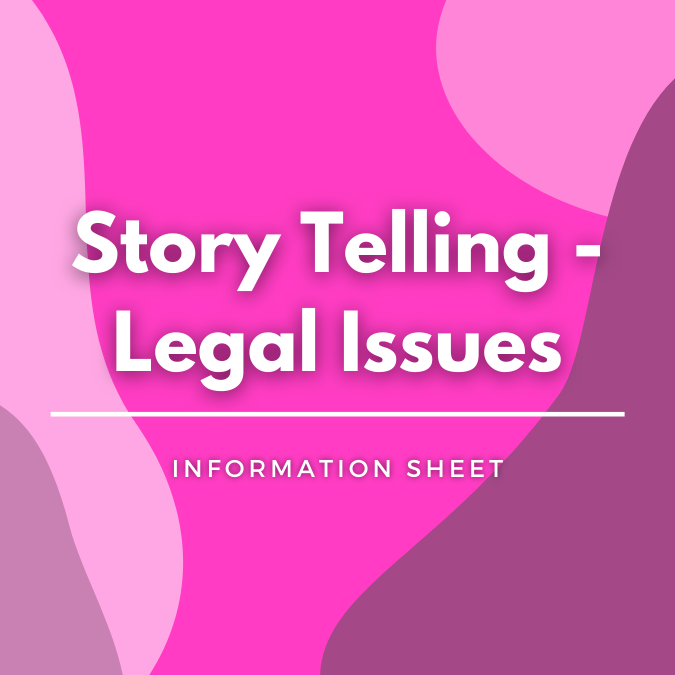MEDIA RELEASE: Revive National Cultural Policy Takes Steps to Stamp Out Fake Art

After the Productivity Commission’s 2022 report into inauthentic Aboriginal & Torres Strait Islander art confirmed what we all already knew – that fake art harms culture – it is pleasing to see the Revive National Cultural Policy put ‘First Nations First’ and commit to developing legislation to end the harms caused by inauthentic artworks. As Arts Law’s joint media release with the Indigenous Art Code and the Copyright Agency celebrates, the proposals under Revive’s ‘First Nations First’ pillar moves us closer to an Australia where Indigenous Cultural and Intellectual Property (ICIP) is protected.
The Fake Art Harms Culture (FAHC) campaign has been calling for the development of robust Indigenous Cultural and Intellectual Property (ICIP) laws since its inception in 2016. We are encouraged that the voices of Aboriginal and Torres Strait Islander artists who supported the FAHC have been heard by Government through this commitment to ICIP. Yet, our advocacy efforts must continue so to ensure that a strong vision results in real change.
As the policy itself asserts, there is a ‘place for every story, a story for every place’. The Fake Art Harms Culture Standing committee (Arts Law Centre of Australia, Indigenous Art Code, Copyright Agency) is enthused that this motto is embodied in the commitment to self-determination and truth-telling for Aboriginal & Torres Strait Islander artists. Stories can be challenging, and they can unveil uncomfortable perspectives that force a reevaluation of where we are, where we are headed, and where we have been. Nevertheless, these stories need the opportunity to be told and to be heard – and now they will be.




